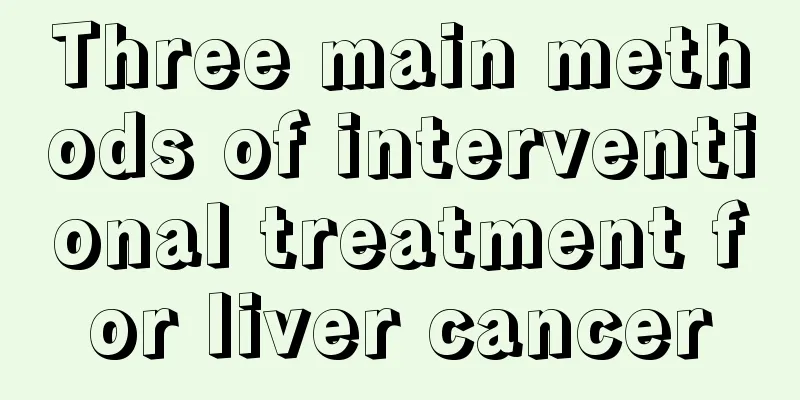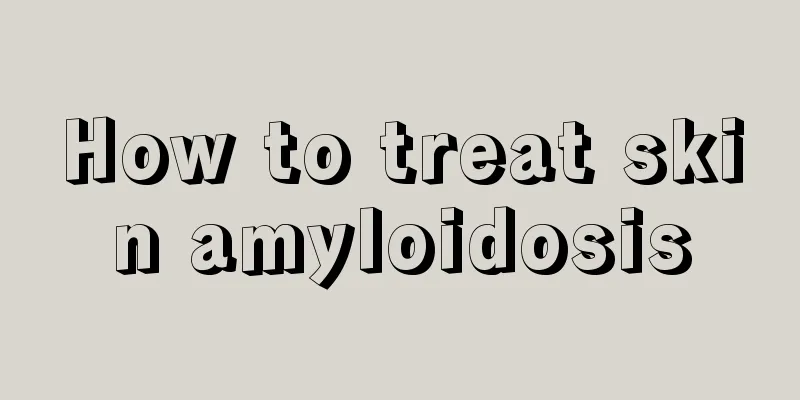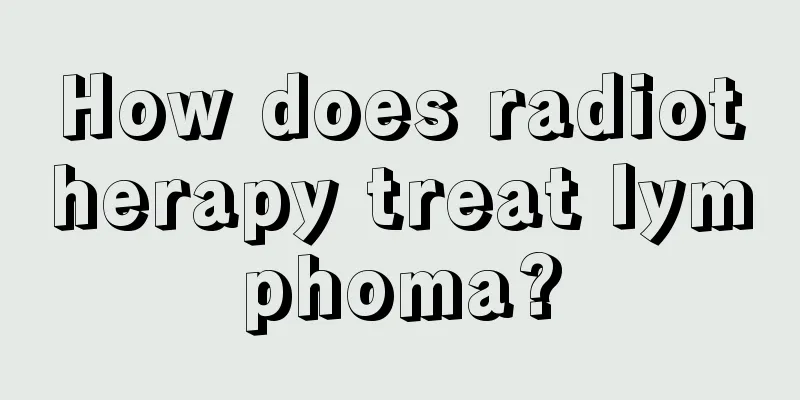Three main methods of interventional treatment for liver cancer

|
The patient is a 40-year-old male. B-ultrasound revealed liver ascites and MRI examination diagnosed him with liver cancer. After transfer, it was found that his kidneys had failed. The urine occult blood test was +++. He was also in a state of mild confusion and coma. The liver tumor is 7 cm in size and has metastasized to the kidneys. How should it be treated? Since the patient's liver cancer has metastasized to the kidneys and renal failure has occurred, he is no longer suitable for surgical treatment or overall chemoradiotherapy. Conservative treatment, such as interventional therapy, can be considered. Interventional treatment of liver cancer refers to a type of regional chemotherapy in which anticancer drugs or embolic agents are injected into the hepatic artery via femoral artery catheterization. It is currently the preferred method for non-laparotomy treatment of liver cancer, and its efficacy has been confirmed. Among interventional treatments for liver cancer, vascular interventional treatment is the most widely used, mainly including selective hepatic artery perfusion therapy, selective hepatic artery embolization and selective hepatic artery chemoembolization. 1. Selective hepatic artery perfusion Treatment is to infuse drugs into the artery through a catheter at a dose equal to or less than that of intravenous administration. This can increase the local drug concentration in the target cells and prolong the contact time between the drug and the lesion site, and reduce the total drug dose in the body, thereby achieving the purpose of improving efficacy and reducing side effects. 2. Selective hepatic artery embolization The embolic agent is selectively injected into the tumor blood vessels and tumor blood supply arteries through a catheter to block the tumor blood supply and block the tumor vascular bed, thereby inhibiting tumor growth. Commonly used embolic agents include gelatin sponge, super-liquidized iodized oil, sodium alginate microspheres, etc. 3. Selective hepatic arterial chemoembolization That is, both chemotherapy drugs and embolic agents are given through the catheter, destroying the tumor through two pathways. |
<<: 4 main symptoms of fibrolamellar liver cancer
>>: Does blushing after drinking alcohol increase the risk of esophageal cancer?
Recommend
Experts suggest: Tomato yogurt can prevent acne
Metabolic skin problems such as fat particles and...
Can durian meat be frozen?
It is best to eat the durian meat quickly and try...
Symptoms of pancreatic cancer bone metastasis
Pancreatic cancer is a disease that is very easy ...
Why does my nose feel dry, itchy and painful?
Adverse symptoms such as dry, itchy and painful n...
How long does it take to run one kilometer?
Most people have the habit of running. Since ever...
Standards for aortic enlargement
Aortic enlargement is a manifestation of atherosc...
Four unexpected uses for eggshells!
1. Clean clothes Most people have a headache clea...
Why do I feel uncomfortable when my stomach is empty?
The stomach is a very important part for everyone...
What does tsh positive mean
I believe many of my friends are not clear about ...
What is the water in athlete's foot blisters
Athlete's foot is very common, mainly due to ...
Introduction of Sleeping Hydrating Mask
Facial masks are a must-have for women's beau...
What are the effects of low thyroid stimulating hormone on the fetus?
Low thyroid-stimulating hormone is a common pheno...
What's wrong with the swelling and soreness in the thigh
So far, many people have experienced uncomfortabl...
What to do with the scratches on your face from fighting
Some people think scars are beautiful, but some p...
Blowing your nose can easily cause stuffy ears. Can this be cured?
The weather is getting very cold now. You will ha...









